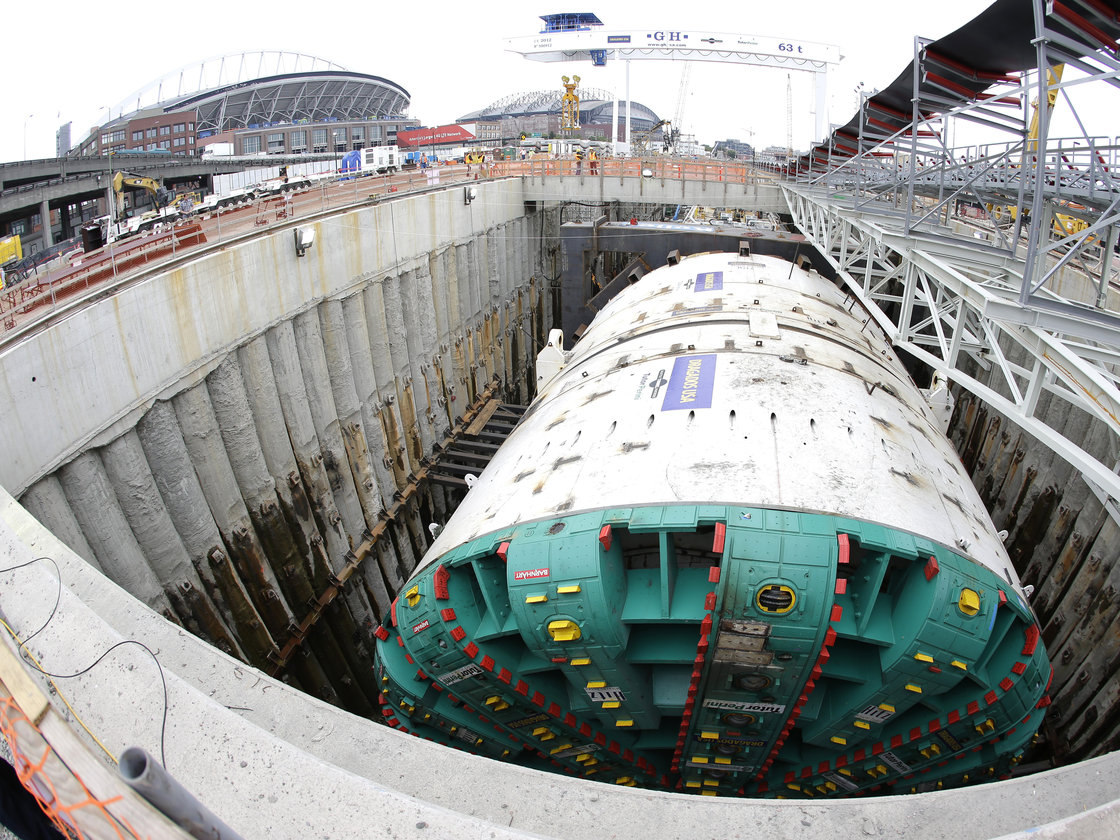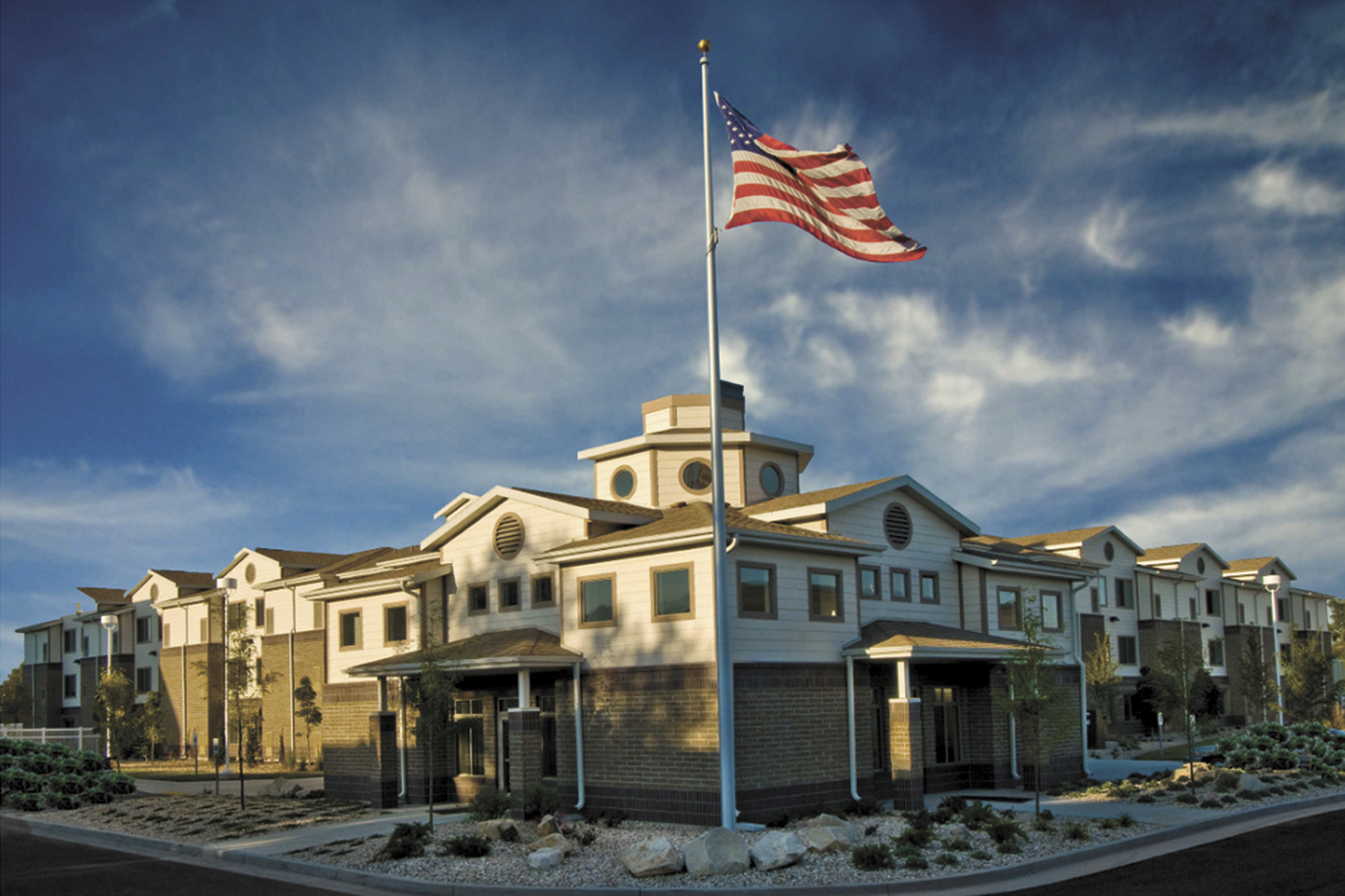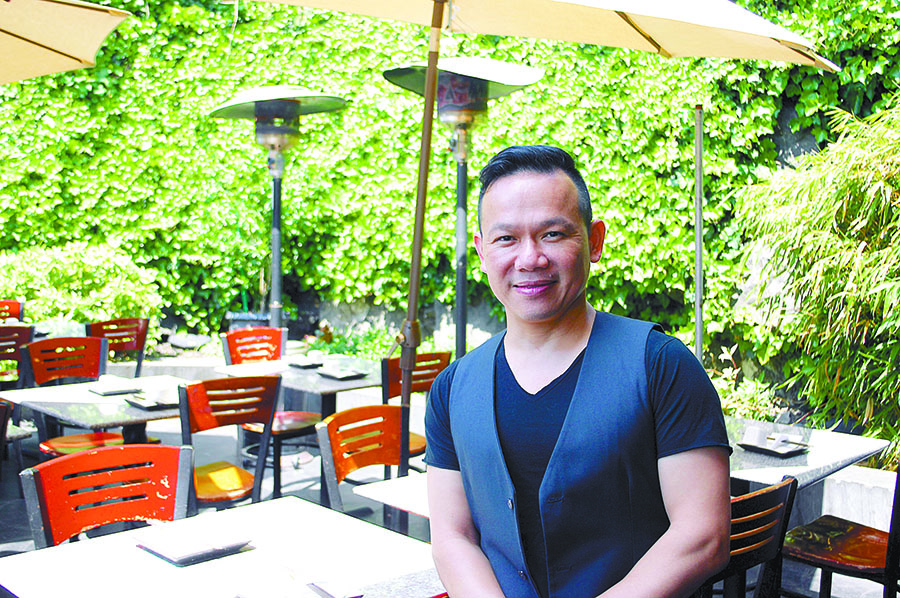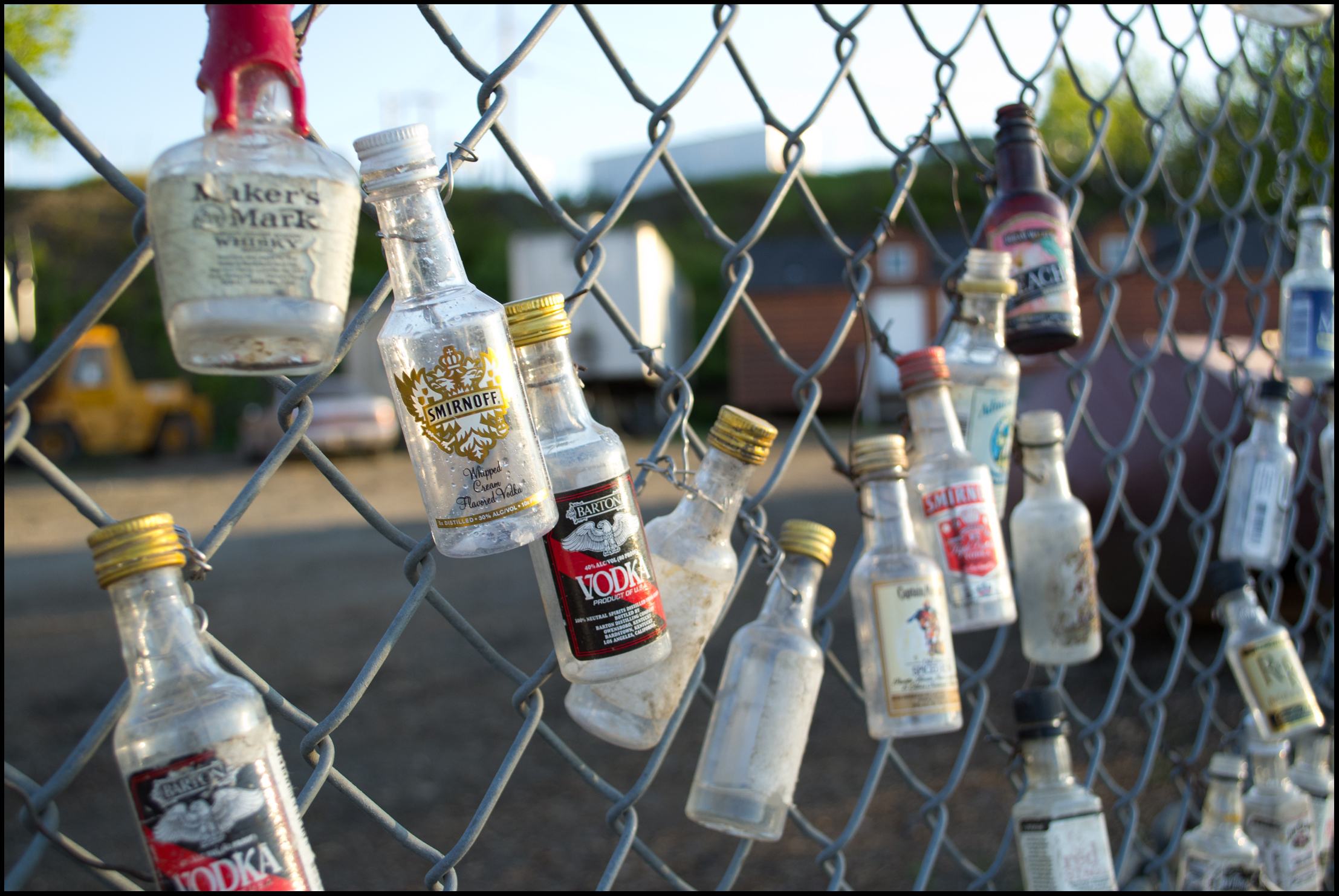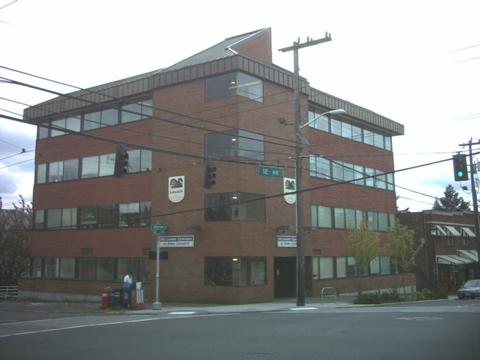Baseball season will have come and gone by the time Bertha gets her act together. And, who knows, it may even be longer than that—for it is quite possible crews making repairs to the damaged seals, which keep the drive-system bearing lubricated, will discover that the world’s largest tunnel machine has design flaws. If that’s the case, game over.
This project has turned into a nightmare. Not, perhaps, anything to rival the civic embarrassment in the 1990s caused by the so-called Big Dig in Boston (nine years late and $12 billion over budget), but bad enough. Lawsuits are almost certain to be filed. “It’s only a matter of time,” one consultant told Seattle Weekly.
Cost overruns on the $1.4 billion tunnel, meanwhile, could be staggering. No one wants to talk about that just yet.
“We have no indication that this will be anything but the responsibility of the contractor (Seattle Tunnel Partners),” WSDOT spokesman Lars Larson told us this morning.
The state has a $205 million reserve set aside to pay for potential cost overruns on the viaduct replacement undertaking if taxpayers end up stuck with the bill.
Mostly idle since Dec. 7, the $80 million deep-bore contraption has managed just 36 days of active drill duty since her six-story tall, 630-ton cutter head commenced to spin on July 30, 2013. To date, 1,023 feet of the 9,270-foot waterfront tunnel has been excavated. In winning the contract, STP said it would complete the 1.7-mile tunnel by late 2015.
Yesterday, WSDOT chief engineer Dave Sowers told the Weekly, “There’s an old adage: Failure is not an option. We can’t just pick up our toys and go home.”
WSDOT released this statement Monday night:
Replacing the seals is a complicated process and [Seattle Tunneling Partners] is working closely with Hitachi Zosen, the tunneling machine’s manufacturer, to determine the best path forward. They are looking at two ways to access the seal area: through the back of the machine or by drilling an access shaft from the surface in front of the machine. Either way, this process will take months. They expect to make a decision by the end of the week, and once they do, we will share that information with the public.
STP has not yet fully determined the cause of the seal problems and to date, they have not shown any evidence that suggests the state or taxpayers will be responsible for cost overruns associated with these repairs. We have requested and expect detailed plans on how the repairs will be made and how STP can recover lost time on the tunneling project.
All the while, the public is growing increasingly wary of what clearly is becoming a fiasco, so much so that STD recently rekindled its relationship with Tim Ceis, a longtime political operative who, as deputy mayor under Mayor Greg Nickels—where he earned the fabled moniker, “The Shark”—was closely involved with the project from the beginning.
Ceis has been brought in during a most precarious time for the beleaguered design-build contractor. His mission: to provide political advice to STP project manager Chris Dixon and stave off any potential legislative insurrection. “I want to make sure the legislators have accurate information,” Ceis said.
As this flood of bad news (first the mysterious pipe infraction, then the overheating, and now the busted bearing) continues to flow, one does have to wonder how these dreary developments would have affected the mayor’s race. (Remember, Mike McGinn, the city’s most prolific tunnel detractor, lost his race to Ed Murray by less than 2.5 percent of the vote.) We have a call into him.
As KIRO radio talk-show host Dori Monson has taken to the airwaves in recent weeks to excoriate the enterprise (“It’s time to pull the plug on this project.” … “It is a gigantic money pit.” …”Bury Bertha and build a bridge”), an external debate is churning over whether the proper tunnel boring machine was chosen in the first place.
Two different types of machines were contenders for the work: An Earth Pressure Balance machine (which Bertha is) or a Slurry Mixshield machine.
Built by Japan-based Hitachi-Zosen, the Earth Pressure machine, said WSDOT’s Sowers, performs best in thick, clay-like sediment, while the Slurry tunneler is suited for sandy, coarse-grained soils, which Bertha is presently confronting as she languishes 60 feet beneath downtown Seattle.
One losing bidder (and former holder of the World’s Largest Tunnel Machine record) has been highly critical of this decision. As Matt Fikse-Verkerk wrote in Crosscut on Jan. 20, “The founder of German firm Herrenknecht, Dr. Martin Herrenknecht, has vigorously questioned the decision to use an EPB machine in Seattle.” At last year’s World Tunneling Congress in Geneva, industry journal TunnelTalk.com reported:
The world will be watching this project closely, and none more so than Dr. Martin Herrenknecht, who could not resist questioning the choice of machine during a lively question and answer session. “Why did you choose an EPBM? I would have selected a Mixshield slurry system,” he said. “I wish you good luck, but you will have problems,” he warned.
Dr. Herrenknecht added in reference to anticipated boulders in the glacial deposits of the drive in Seattle: “You would be much better cutting the boulders. Settlements will be a problem and how will you get in under 5.6 bar pressure? With this high water pressure I am quite afraid. I think that finally you will end up with a slurry machine on a screw conveyor.”
Jim McDonald, a project manager at Lombard, Ill.-based S.A. Healty—a losing bidder—told the Weekly, “I don’t want to second-guess the decision. Tunneling is a difficult business.”
WSDOT’s Sowers, meanwhile, said either type of machine can do the job. “It’s like the difference between a Chevy and a Ford. One might get better gas mileage, the other might perform better on the highway.”
econklin@seattleweekly.com
